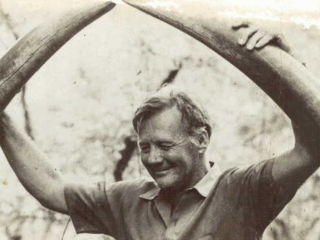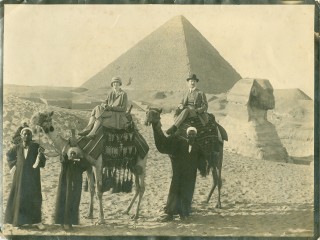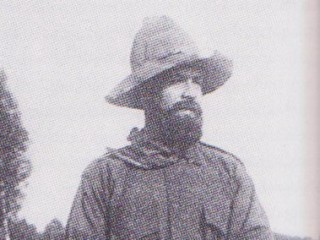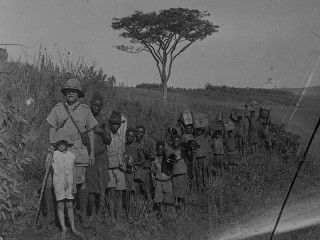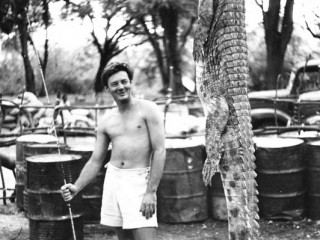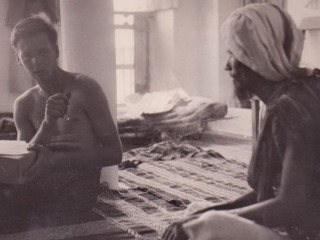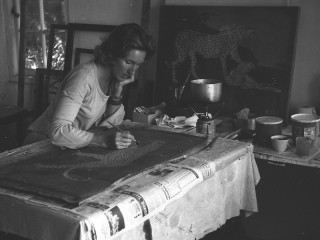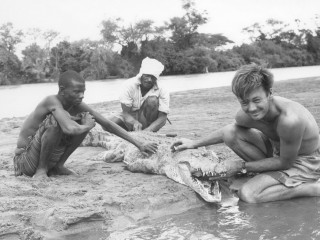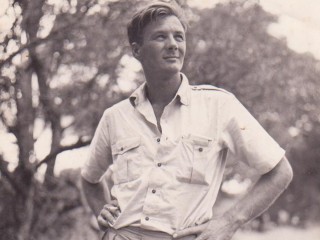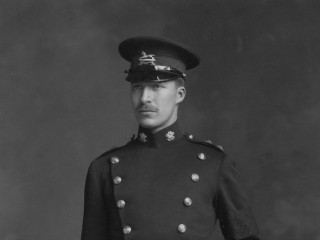History
Our history in Africa is rich on both sides of the family.
At the height of the Dry Season in October 1903 a young Major George Phillips advanced a column of thirsty Kings African Rifles soldiers and thousands of camels on the Erigo Wells in North Central Somalia. The wells were held in strength by fanatical tribesman loyal to the renegade Mad Mullah and in the ensuing days of battle the young major was killed in dramatic action. His son, Charles George, was our grandfather. Charles, or Gerry as he was better known, joined the first world war in East Africa and played an important role in the land campaign that chased the legendary German General, von Lettow-Vorbeck, all over Southern Tanzania and deep into Mozambique. Winding up the Great War as the British Commander in Kenya. He later saw service as CO Quetta in present day Pakistan, and in Abyssinia and Europe during the second world war. Finally retiring a celebrated Major General, to grow coffee in the highlands of Kenya. This is the paradise where our mother Joanna was raised, where they caught trout on fly in tumbling mountains streams and rode all day on plains teeming with game.
In contrast, our father’s side is all about adventure, hunting and the natural order of things! Our grandfather, Guy Babault, abandoned the lofty expectations of his noble Parisian upbringing to leave first in 1911 for East Africa on an extended hunting and collecting expedition. Then to Ceylon and the Himalayas to collect birds and do the first definitive study on the snow leopard. He was hunting with the Maharajah of Jaipur when the Great War broke out in 1914 and hurried home to serve out the war with his hussar regiment. There followed further North African expeditions and several books on natural history, including volumes on his travels in Asia and East Africa and on the birds of Tunisia. In 1927 Guy Babault and his young Irish wife, Josephine Nolan, with our father, Rene who was just a year old at the time, walked from Bagamoyo on the Tanzanian Coast across the greater width of Africa to the forested shores of Lake Kivu in the Belgian Congo. It was there on their coffee plantation, and on collecting expeditions as far away as the Albertine Rift and the Ituri Rainforest, that Rene was raised, and his sister, Teresa was born. In 1939 Guy Babault now 51 years old joined the Free French forces and served the Second World War in Morocco before returning home to Kenya to live out his days, still collecting for the Paris Museum and quietly painting at home near Kilindini Harbour just outside the thriving port of Mombasa.
As the monsoonal trade winds turned in April 1950 Rene Babault, now in his early twenties, boarded an Arab dhow in Mombasa’s Old Town and sailed for Oman. Ten days into the crossing the dhow became becalmed in the ‘doldrums’ and the cargo of live sheep began to die. Huge hammerhead sharks feasted on carcasses flung overboard and stayed with them all the way to Aden Harbour. It was the start of a life of unbridled freedom and adventure. Based with the Desert Locust Control Organisation at Shibam in present day Yemen, Rene became only the second European to cross the Rub’ Al Khali – the notorious Empty Quarter – on a camel, and that while camel was the only means of making the crossing. And in 1952 while acting Master of Ceremonies at the mud fortress guarding the Wadi Hadramaut he exploded the barrel of a muzzle loading canon while attempting a 21 gun salute for the Queen of England’s Coronation. Air lifted from Shibam to Tripoli in 1953 following a ruptured appendix he spent several months in hospital, where, using the enforced idleness wisely, he learned to write the Arabic he’d learned to speak so fluently. Continuing with Desert Locust Control in the Sahara, Rene did extensive desert crossings with Tuareg Nomads and discovered bushman cave-paintings in the rugged basalt of the Tibesti Mountains. He then headed home to Kenya via the Ethiopian Highlands – where he reported a population of melanistic leopards – and spent a year in the rugged bush country of the Ogaden Desert. At home he became a Game Department Ranger and crocodile hunter, and hatched a scheme to collect pearls off the Somali Coast using converted world war two motor torpedo boats he’d found rotting on the beach near Hadeda in the Gulf of Aden. In 1961 he married Joanna, youngest daughter of Major General Charles George Phillips, and began his professional hunting days. One day, he promised his family, we’ll buy a yacht and sail around the world. Leaving the hunting world in the late 1970s he first bought a sailing dhow of his own to service a small lodge he built on the north Kenya coast, then with one his closest friends, operated bush camps on remote ocean islands and in Sudan. It was while travelling to one of their camps in a light aircraft in June 1982, that Rene tragically came to his untimely end.


